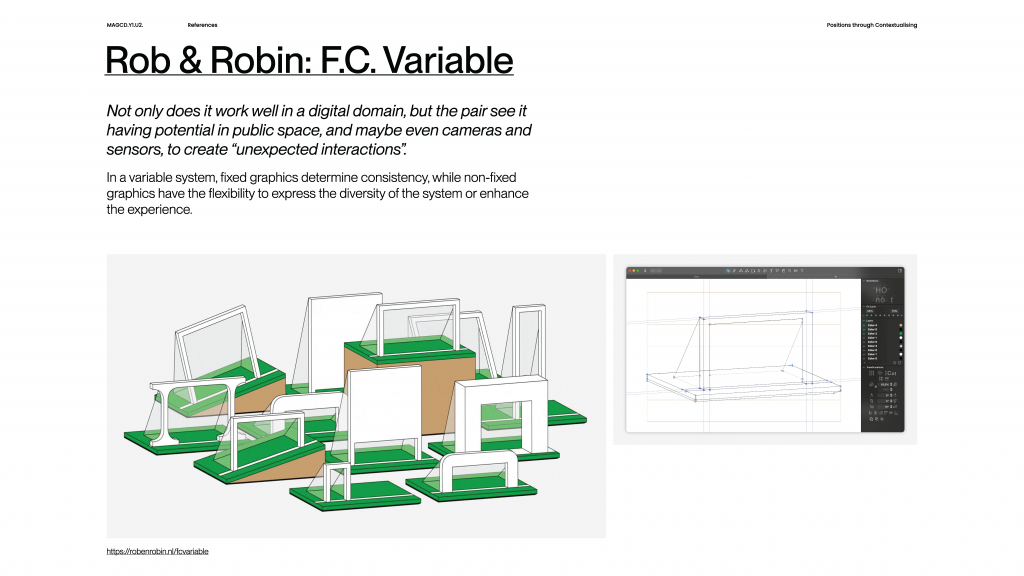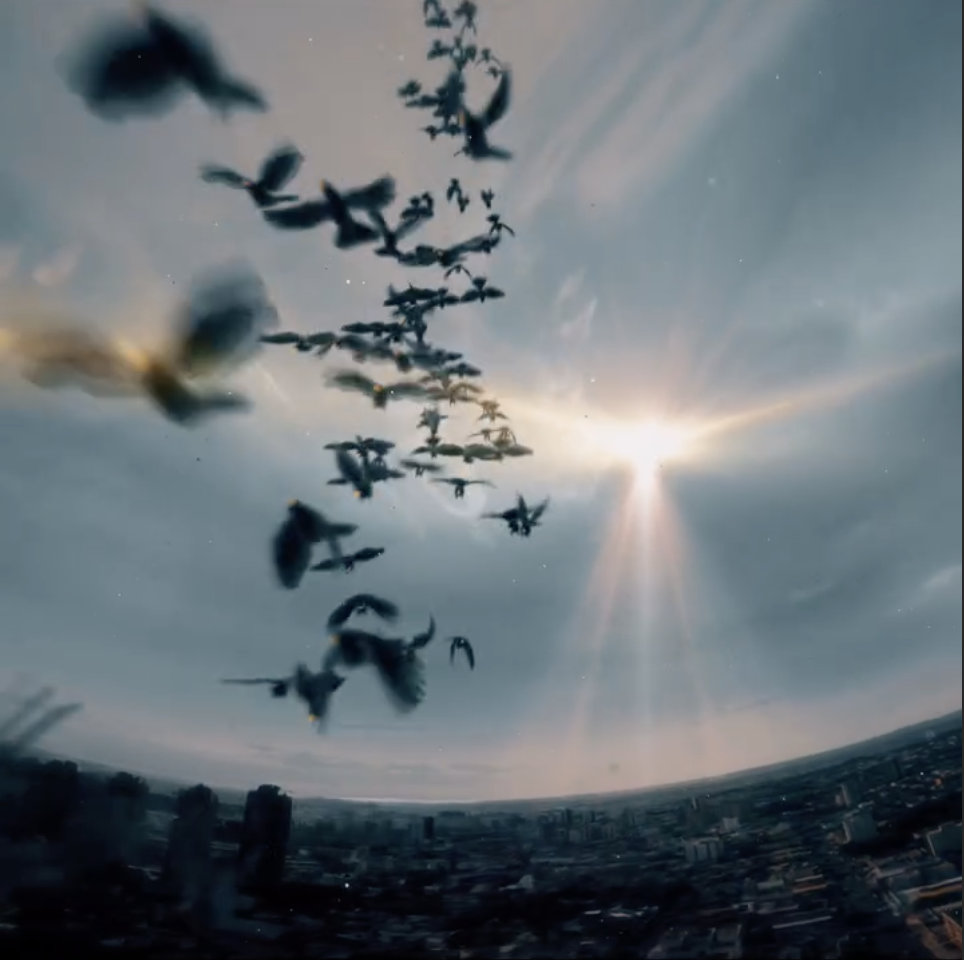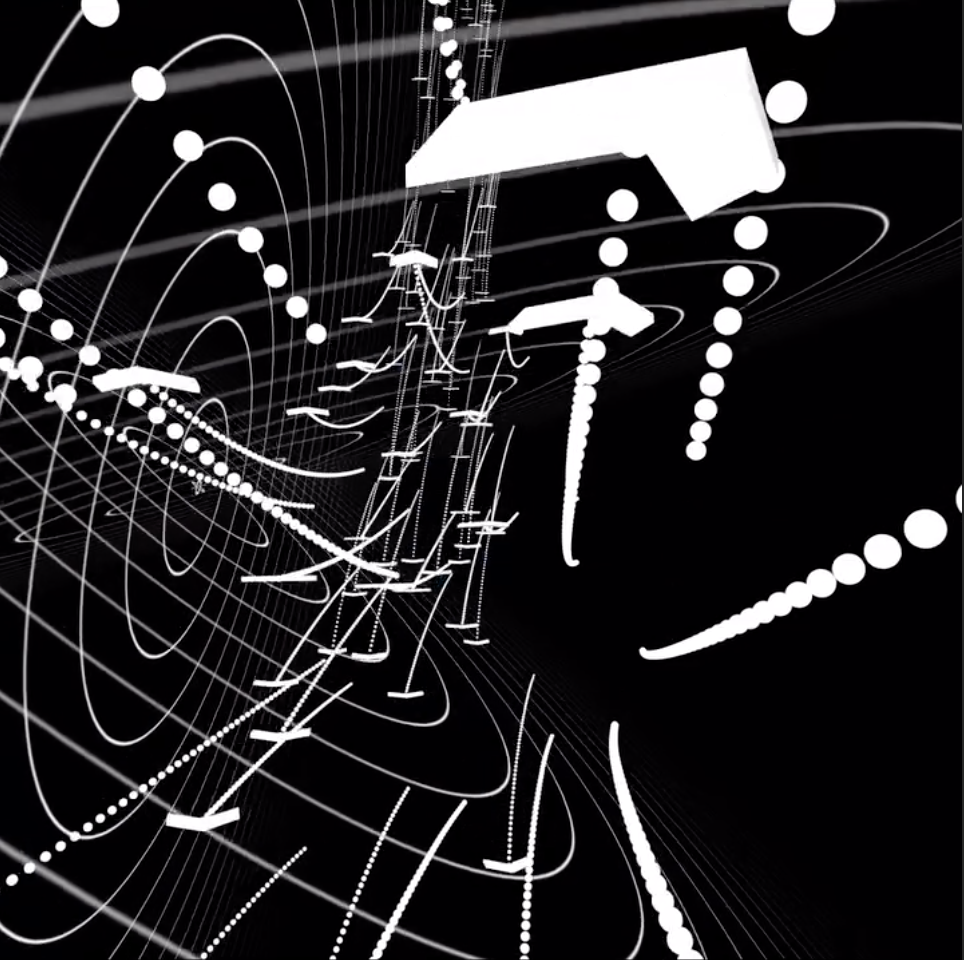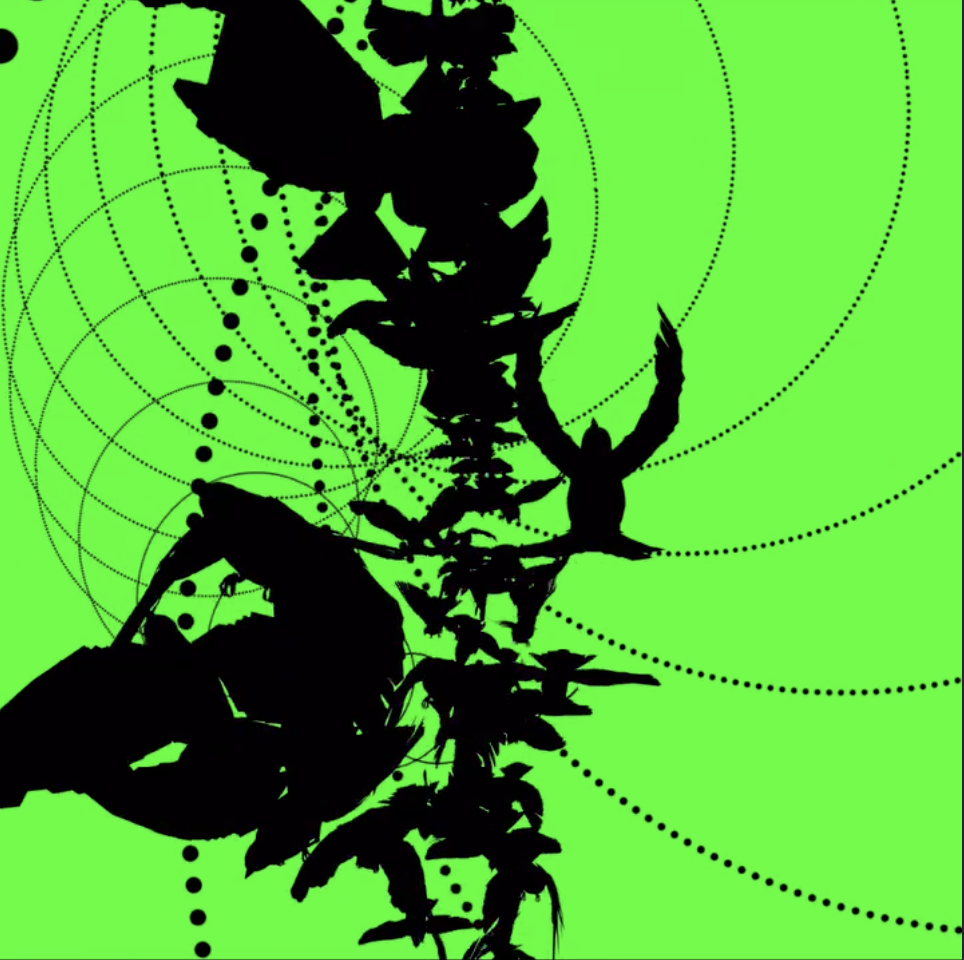Positions through Contextualising
I began with an exploration of movement, not just as a physical phenomenon, but as a functional and artistic expression through the lens of Leban Movement Analysis, or LMA. I initiated this exploration with ‘Rotation’ as our primary axis of movement. By systematically rotating various geometric shapes around different axes, I created intricate geometric graphics that evolve through iteration, akin to the designs found in Theo Jansen’s Strandbeests, where movement is ingeniously engineered by altering the number and position of axes.

In this process, I transformed the concept of rotation into a tangible form by continuously illustrating its trajectory, capturing these movements in a fixed format. The culmination of this exploration is the creation of a publication where each page is bound along a central axis, symbolizing rotation and maintaining the concept’s integrity from conceptualization through to publication.
Moving beyond purely mechanical movements, I shifted our focus to expressive movement through space, inspired by LMA and the spatial interplay championed by Bauhaus. Here, I contemplated the external impacts before and after a movement is executed, informed by concepts from LMA (fragment) and Realist Magic (causality). This holistic approach allows me to identify external elements influenced by a single movement and create graphics that align with the properties of these elements.
However, representing abstract movements requires precise explanations to bridge the gap between the graphics and their interpretive meaning, highlighting the limitations of ambiguity in highly abstract visuals. This necessity underscores the importance of establishing a controlled system, similar to strategies found in the Conditional Design Workbook, to ensure clarity and manage the freedom within the graphic expressions. This structured approach not only enhances understanding but also preserves the integrity of expressive movement within our designs.
This script encapsulates the transition from a functional exploration of movement to a more abstract, expressive representation, while emphasizing the need for clarity and systematization in design.








References:
- BRUNO LATOUR, Visualisation and Cognition: Drawing Things Together, Knowledge and Society Studies in the Sociology of Culture at Present, 1986
- MARSHALL MCLUHAN AND QUENTIN FIORE, The Medium is the Massage: An Inventory of Effects, Berkeley: Gingko Press, [1967] 2001
Next Direction:
Pick one movement in order to build the structure of the system.



Feedback:
- Now, you should make things apart from theorising.
- You can use coding to create variable physics and environment.
- Visualising and analysing force and gravity